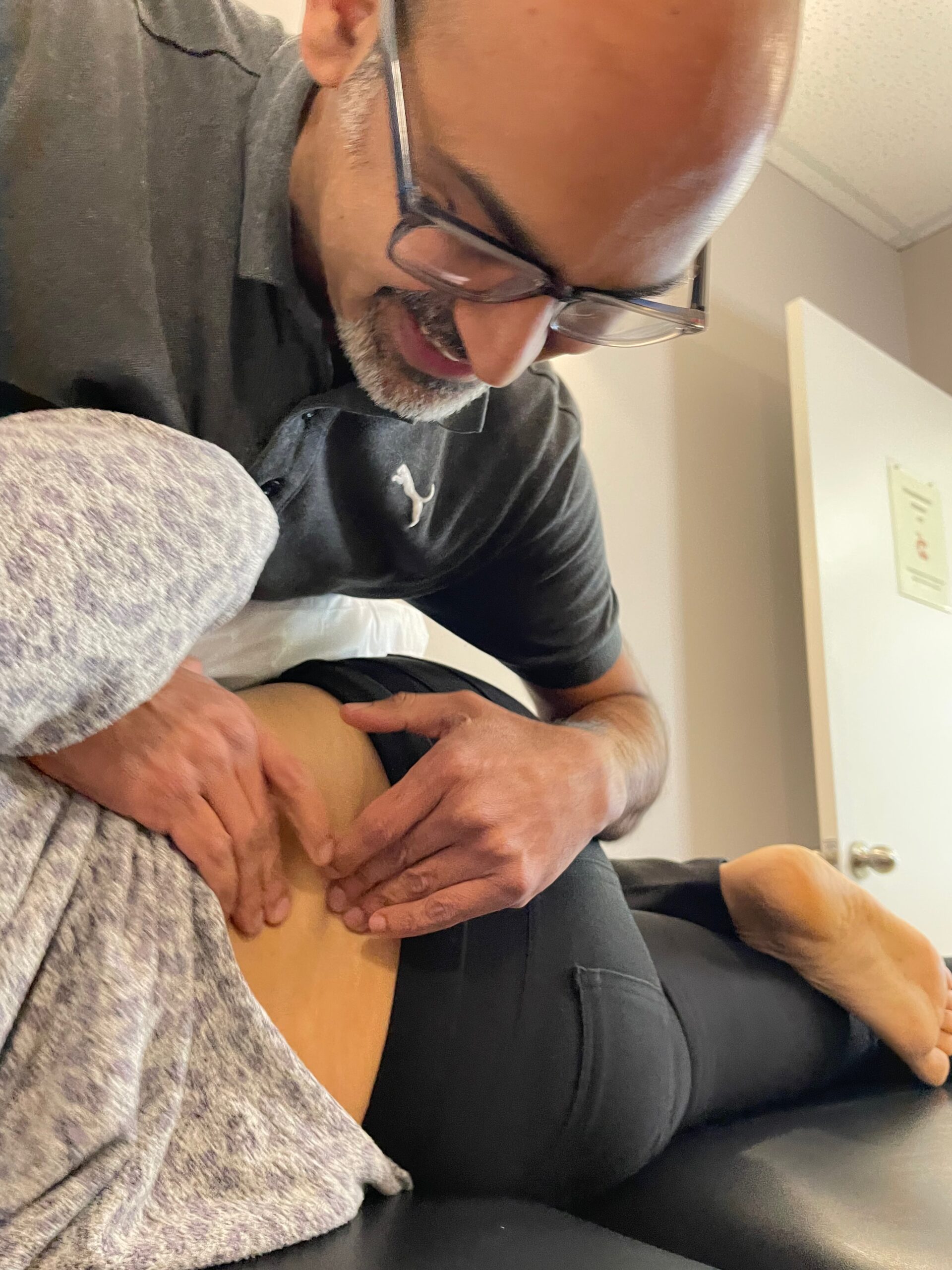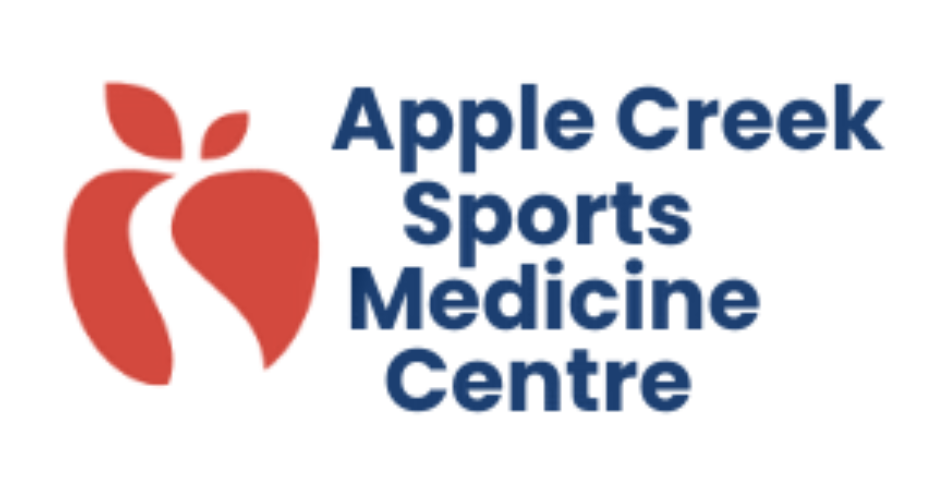The World of Manual Physiotherapy

Welcome, readers, to a journey into the world of manual physiotherapy, where healing hands work wonders and gentle techniques pave the path to recovery. As a dedicated manual physiotherapist, I am excited to shed light on the profound benefits of this hands-on approach to healing. Join me as we delve into the transformative power of manual physiotherapy and discover how it can enhance your well-being.
Personalized Care and Assessment:
One of the hallmarks of manual physiotherapy is its emphasis on personalized care and thorough assessment. Unlike one-size-fits-all approaches, manual therapy techniques are tailored to each individual’s unique needs, goals, and limitations. Through comprehensive assessments, manual physiotherapists identify areas of dysfunction, imbalance, and restriction within the body’s musculoskeletal system. By understanding the underlying causes of pain and dysfunction, we can develop targeted treatment plans that address the root issues, rather than just masking symptoms.
Hands-On Healing:
At the heart of manual physiotherapy lies the power of touch. Through a variety of hands-on techniques, including joint mobilizations, soft tissue manipulation, and myofascial release, manual physiotherapists work to restore mobility, alleviate pain, and improve overall function. These gentle yet effective interventions target specific areas of the body, releasing tension, promoting circulation, and facilitating tissue healing. Whether it’s loosening tight muscles, realigning misaligned joints, or breaking up scar tissue, manual therapy empowers the body to heal itself naturally.
Enhanced Movement and Function:
Restricted movement and impaired function can significantly impact quality of life, limiting one’s ability to perform daily activities and participate in favorite hobbies. Manual physiotherapy aims to break down these barriers to movement, restoring range of motion, strength, and flexibility. By addressing mechanical dysfunctions and compensatory patterns, manual therapists help patients move more freely and confidently, unlocking their full potential for physical activity and engagement in life.
Your Pain Relief and Management:
Chronic pain can be debilitating, affecting every aspect of one’s life and well-being. Manual physiotherapy offers a holistic approach to pain relief and management, targeting both the physical and emotional components of pain. Through manual techniques, therapists can reduce muscle tension, improve joint alignment, and release trigger points, providing immediate relief from discomfort. Moreover, manual therapy stimulates the body’s natural pain-relieving mechanisms, such as the release of endorphins and improvement of circulation, fostering long-term pain management strategies.
Empowerment Through Education:
In addition to hands-on treatment, manual physiotherapists empower patients through education and self-care strategies. By teaching proper body mechanics, ergonomic principles, and injury prevention techniques, therapists empower patients to take an active role in their own healing process. Through increased awareness and understanding of their bodies, patients become better equipped to make informed decisions, prevent future injuries, and maintain optimal health and wellness.s.
In a world filled with advanced technology and modern medical interventions, the healing power of human touch remains timeless and profound. Manual physiotherapy embodies this ethos, offering a gentle yet effective approach to restoring health, function, and vitality. Whether you’re seeking relief from pain, improvement in movement, or a holistic approach to wellness, consider the transformative benefits of manual physiotherapy and experience the healing hands for yourself.
Disclaimer:
This blog post is intended for informational purposes only and should not be construed as medical advice. If you’re experiencing pain or musculoskeletal issues, please consult with a qualified manual physiotherapist or healthcare professional for personalized assessment and treatment.
About the Author:
Nejin Chacko has been practicing for 25 years and is a therapist with excellent experience in musculoskeletal physiotherapy and in sports medicine.
Read more about him here.


